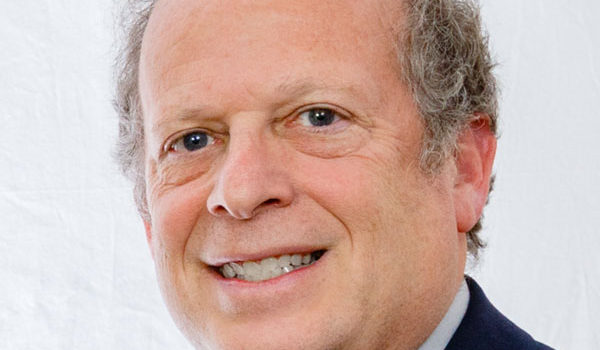During the height of the COVID-19 pandemic, Dr. Arnold Pallay of Consensus Health received call after call from patients around the country who had seen him before, seeking guidance from a doctor they trusted. On those same days, he would handle dozens of COVID-positive individuals.
Without the mass utilization of telemedicine that happened so quickly over the course of the pandemic, that wouldn’t have been possible, he said.
Pallay spoke alongside three other panelists at NJBIZ’s virtual Health Care Technology panel discussion Monday afternoon.
The panel, moderated by Health Care Institute of New Jersey Chief Executive Officer Dean Paranicas, also included Grassi Healthcare Advisors Partner Joseph Tomaino, New Jersey Innovation Institute Senior Vice President and General Manager Jennifer D’Angelo, and RWJBarnabas Health Chief Innovation Officer and Vice President Jordan Ruch addressing the advancement in health care technology that was accelerated by the COVID-19 pandemic.
According to D’Angelo, telemedicine, mobile device management and hardware requests were all significantly impacted early on in the pandemic, and the facilitation of telemedicine faced challenges of mobile device management and hardware requests—making sure that the right materials were available and that they were working properly.
She recommended companies take a chance now to evaluate if they have the bandwidth to sustain remote communications and telehealth services, noting that when COVID arrived, it was difficult to get the equipment necessary to sustain them.
Pre-pandemic, RWJ Barnabas was in the midst of rolling out Epic, it’s electronic health records system that would work seamlessly across its facilities. Ruch and his team were right in the middle of the Epic build when COVID-19 began to rapidly spread across New Jersey, and what they decided to do was implement a strategic pause on parts of the project that required the attention of the now-otherwise-engaged front line clinical staff.
To keep the project going, they built what they could with teams that were still available to work on it, such as the revenue cycle team. The strategic pause allowed them to keep the project moving forward.
“It is both important for patients and cost-effective to society and it’s the intelligent thing to do to put this [technology] in the hands of patients,” Pallay said on telemedicine and the use of technology in health care.
He noted that while what goes on in exam rooms is helpful for some health care, the delivery of behavioral health through telemedicine has “made a substantive difference.”
“This type of technique has been amazing,” he said.
He also noted that he didn’t originally see telemedicine as useful when working with the elderly, but that changed during the pandemic.
One of Tomaino’s clients has been able to monitor COVID-positive patients at home through telemedicine, not just how they feel through video chatting but also the level of oxygen in their blood by a pulse oximeter. His client is able to call a patient up and tell them, “you’re deteriorating and need to go to the hospital.”
Telemedicine has expanded medical access across the country. However, it’s currently limited in some places due to broadband access or lack thereof, explained Tomaino.
Ruch and D’Angelo said that in places such as those, or anywhere people don’t have access to an internet-enabled device, some health systems have started to work with local community spaces like grocery stores to offer a telehealth kiosk, where people can come and use the kiosk in lieu of an in-person appointment or a personal device.
Look for expanded coverage of NJBIZ’s Health Care Technology panel discussion in the upcoming Sept. 14, 2020 Edition of NJBIZ.
Editor’s Note: This article was updated on Sept. 1, 2020 at 11:57 a.m. to correct the spelling of Dr. Arnold Pallay’s name. It was updated at 3:44 p.m. EST on Sept. 2, 2020, to clarify remarks from RWJBarnabas Health Chief Innovation Officer and Vice President Jordan Ruch, and to correct his organizational affiliation.

